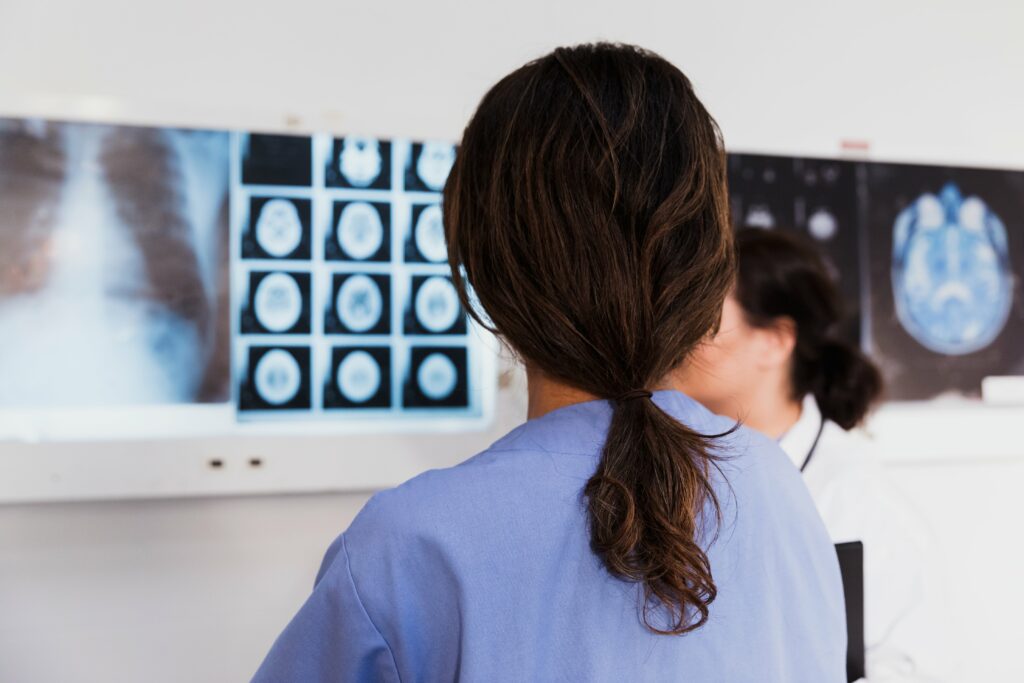AI and Breast Cancer

Breast cancer is the most common cancer in women worldwide. Early detection and treatment can lower mortality rates. But clinicians still fail to identify breast cancer about 20 percent of the time (false-negative results). Clinicians also identify cancer, when there is no breast cancer present (false-positive results). Studies suggest 7-12 percent of women will receive […]